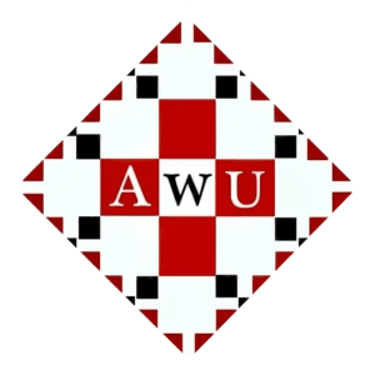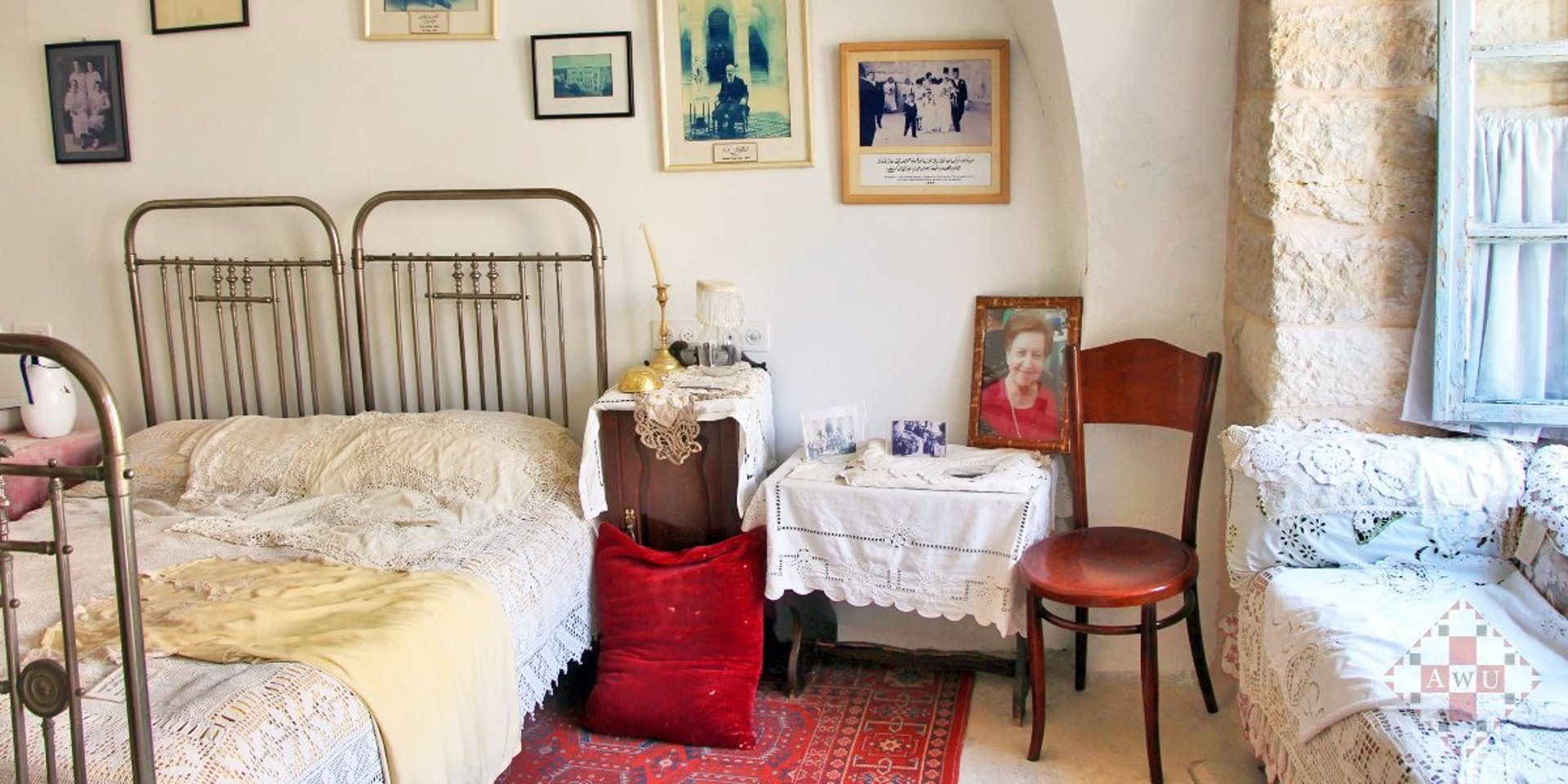

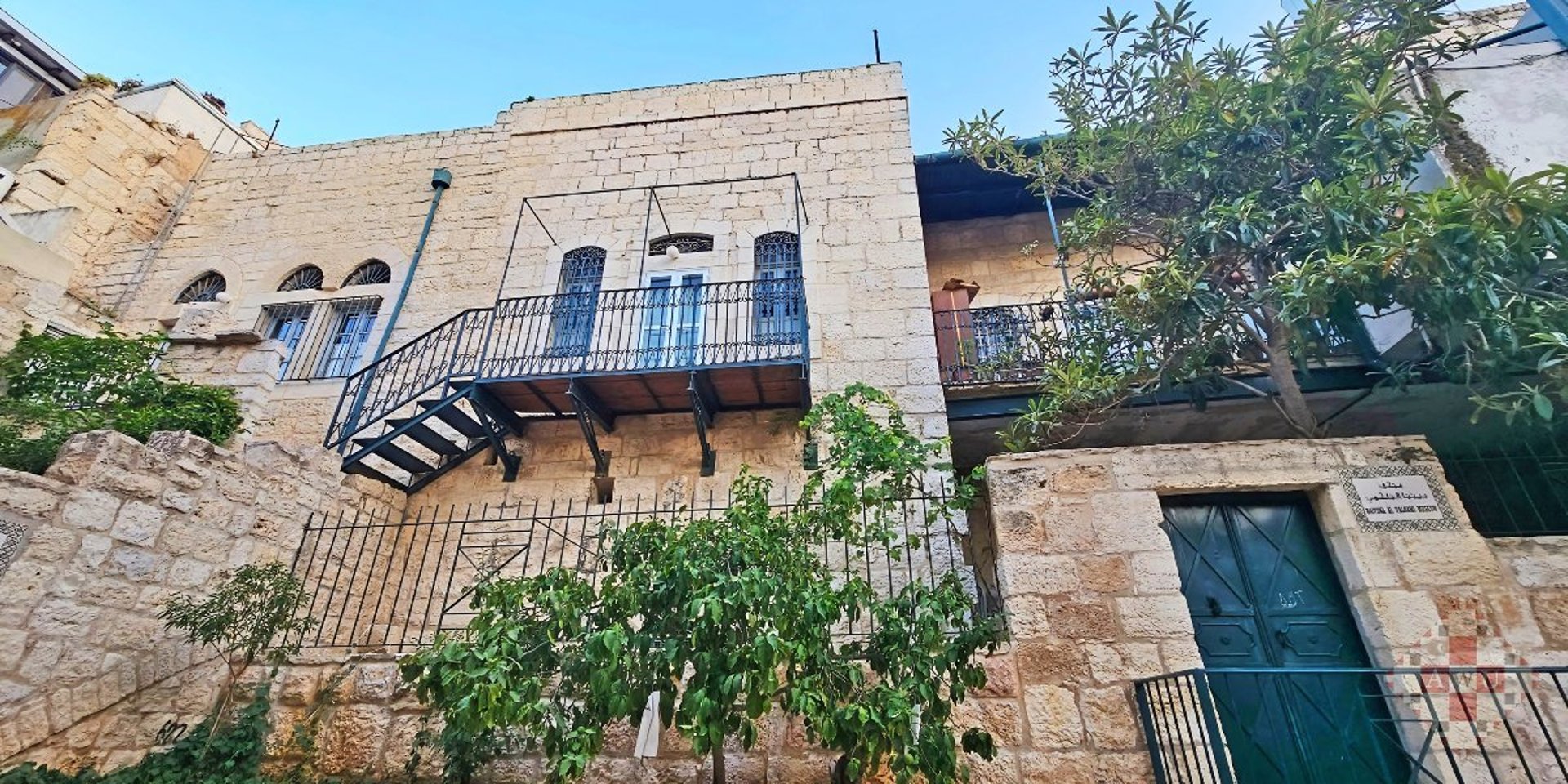
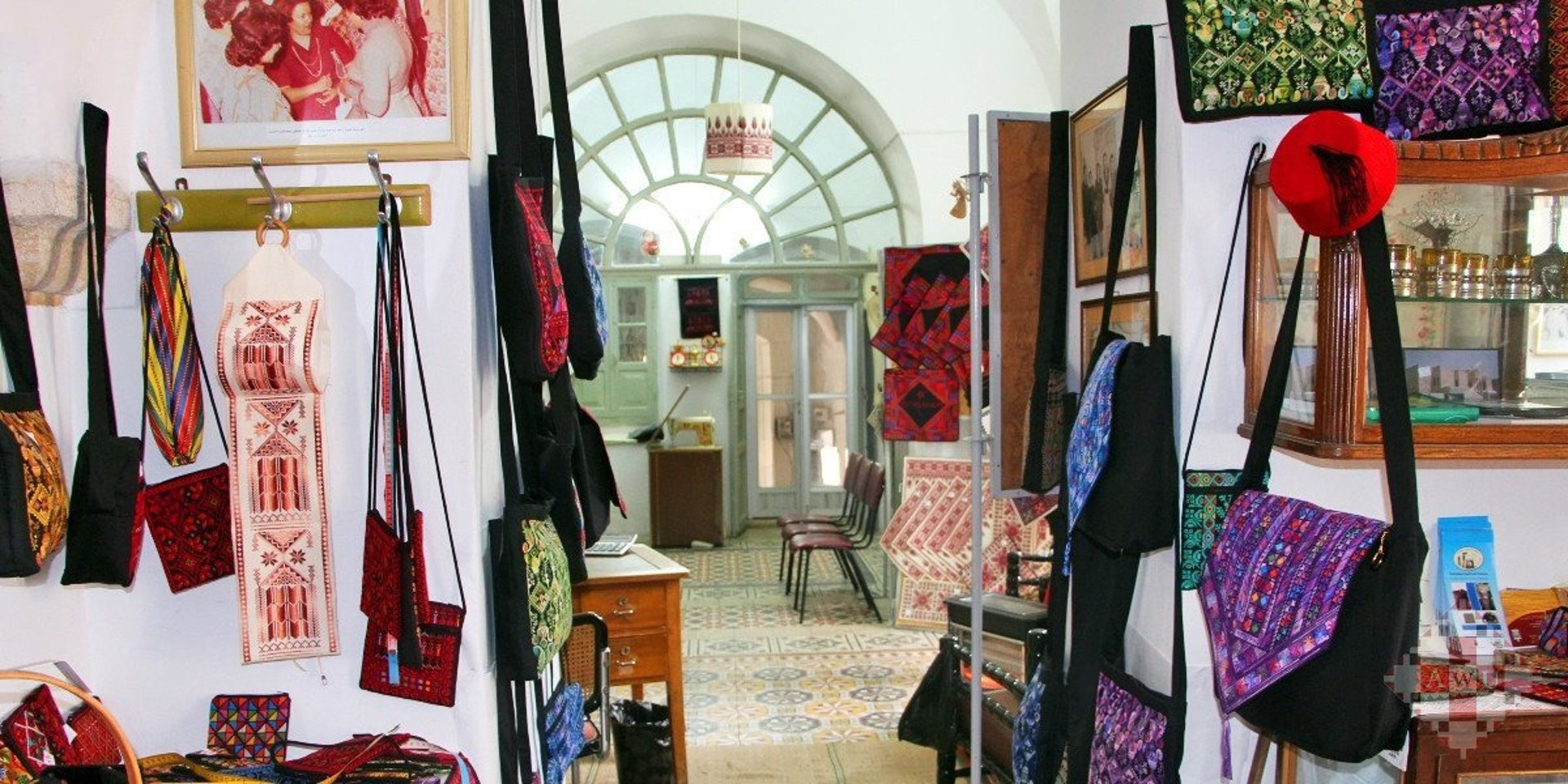
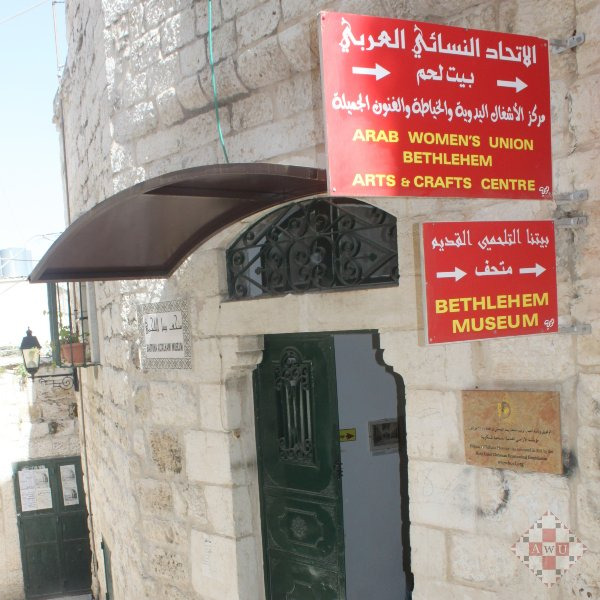

Our Mission Matters
The Bethlehem Arab Women's Union is dedicated to empowering women and the wider community through employment opportunities, vocational training, and social and cultural services. We strive to preserve Palestinian heritage through traditional crafts, local cuisine, and museums,
Learn More >>
Our Vision Statement
We envision a just and cohesive Palestinian society where women enjoy full rights and opportunities, and where heritage and culture are vital forces for strengthening national identity and promoting sustainable development
Learn More >>
Mission, Vision & Goals
Our Goals
1. Support and empower marginalized women
– Through work programs and training to help them acquire new skills, improve their living conditions, and strengthen their societal roles.
2. Preserve Palestinian heritage
– By promoting traditional foods and handicrafts, thus highlighting cultural identity and safeguarding popular heritage.
3. Educate and guide women
– Across various aspects of life through workshops and awareness programs in education, entrepreneurship, and personal development.
Learn More >>
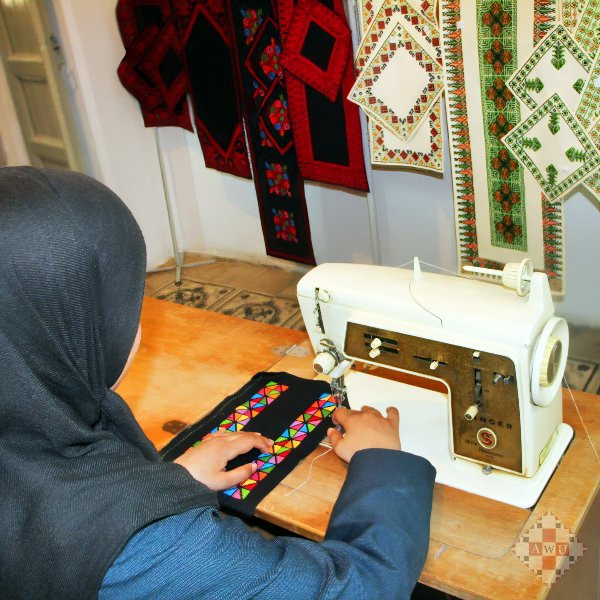

The Bethlehem Arab Women Union: A Legacy of
Empowerment, Heritage, and Community Service
In the heart of Bethlehem — a city of spiritual significance and deep-rooted tradition — the Bethlehem Arab Women Union (BAWU) has stood as a beacon of resilience, leadership, and community care since its founding in 1947. For over seven decades, this pioneering organization has been at the forefront of social change, uplifting generations of women and preserving the cultural identity of the Palestinian people.
Founding Vision and Early Roots
BAWU was established in the aftermath of the 1948 Nakba, during one of the most turbulent periods in Palestinian history. It emerged in response to the urgent need for humanitarian and social support among displaced families and marginalized communities. From the very beginning, it was a women-led effort, embodying both compassion and strength — a testament to the role of Palestinian women as protectors of family, culture, and identity.
Learn More >>
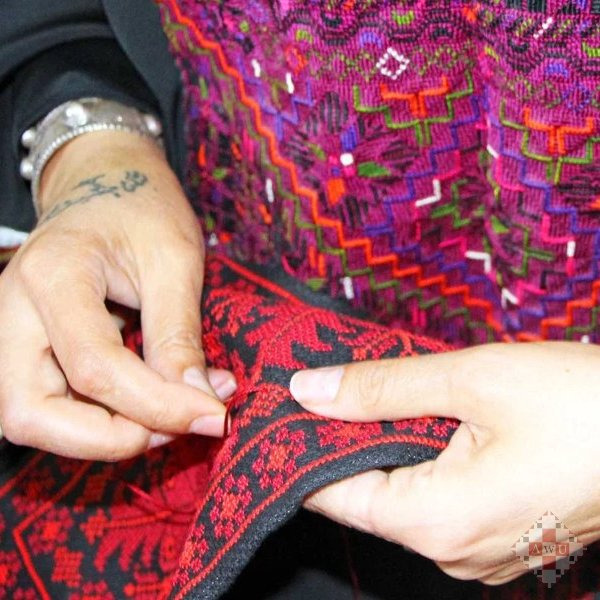

Women of Vision: The Legacy of the Bethlehem Arab Women's Union
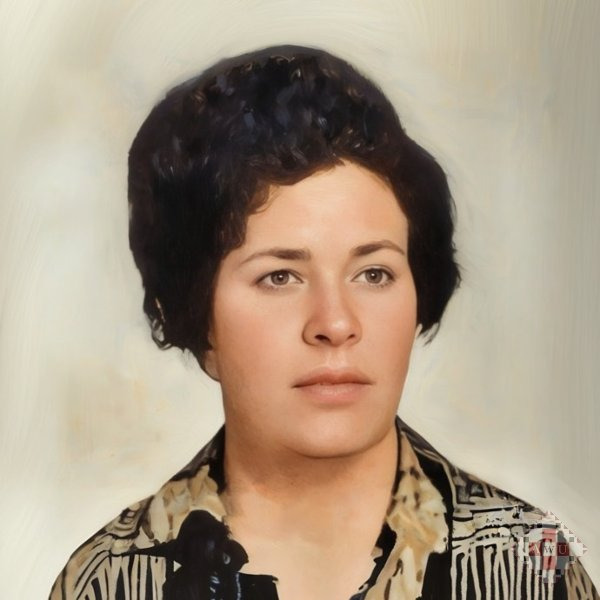

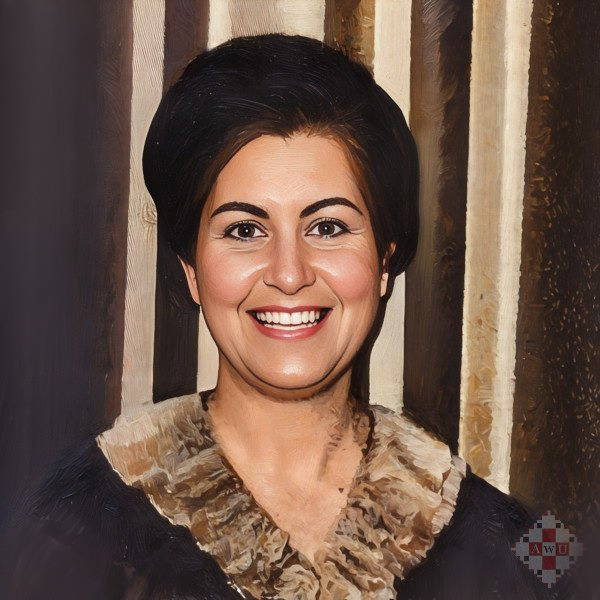

Mrs. Helwa Jacaman
Mrs. Julia Dabdoub
Birth / Early Life
Born in Bethlehem in 1913.
Her family was deeply involved in community and civic work; she came of age at a time when Palestinian society was experiencing major upheavals. Learn More >>
Role & Leadership
Julia Michelle Dabdoub served as President of the Bethlehem Arab Women’s Union.
She is especially noted for her initiative in establishing the Bethlehem Museum (“Bethlehem Folklore Museum” / Baituna al‑Talhami), under the aegis of the AWU. Learn More >>
Baituna Al Talhami
Address: Star Street,
west of Manger
Square, Bethlehem.
Phone: 02-2742589
Email Address:
bawu8@hotmail.com
© 2025. All rights reserved.
Contact Us Form

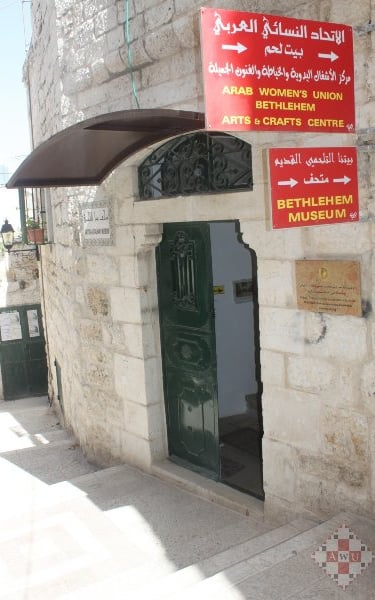
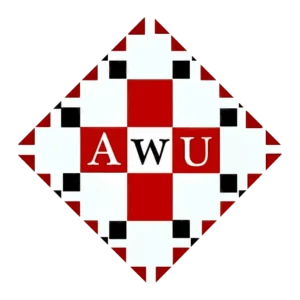

info@bethawu.org
www.bethawu.org
Powered by MENA Links
